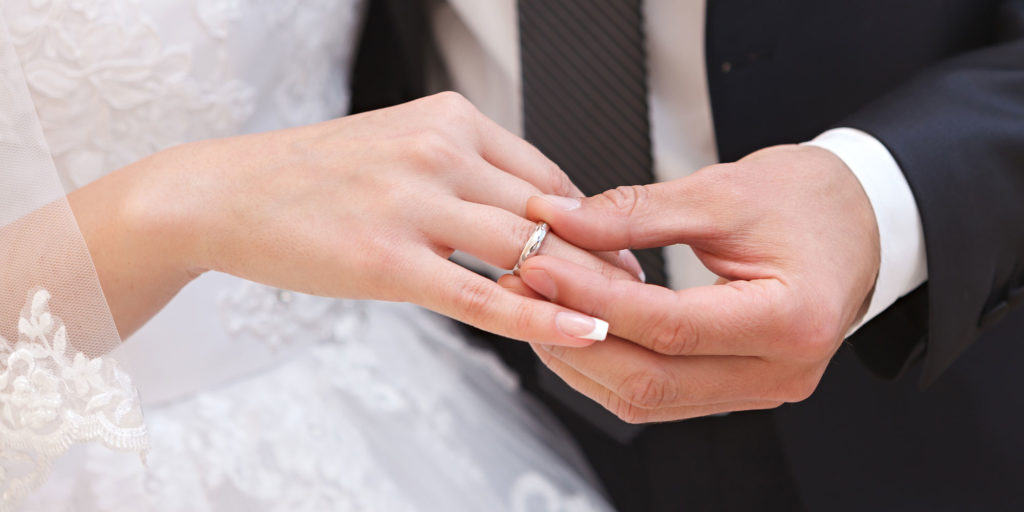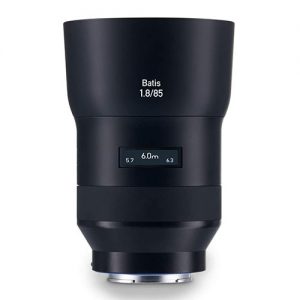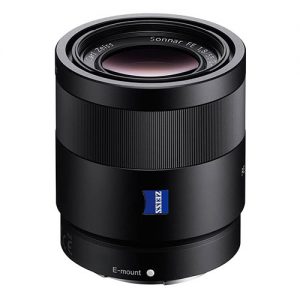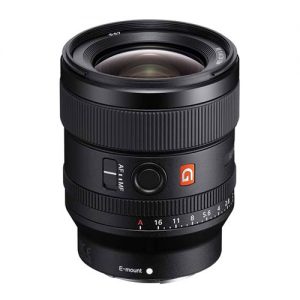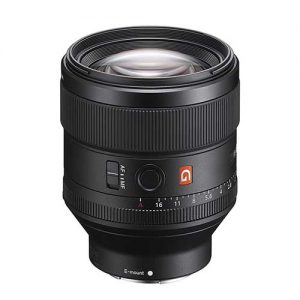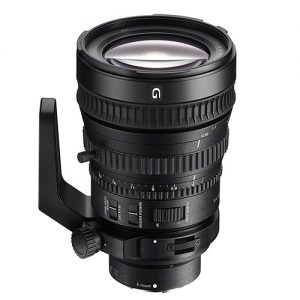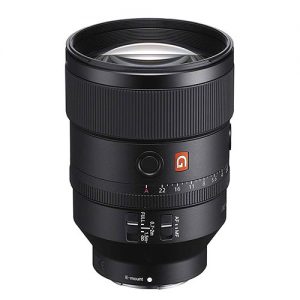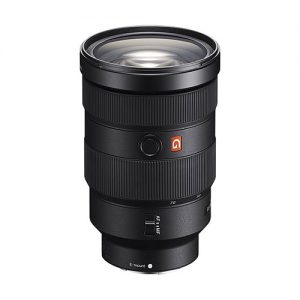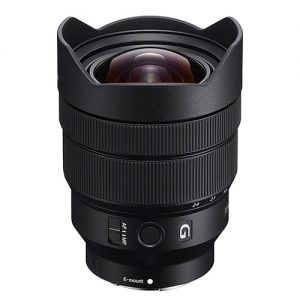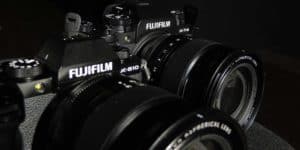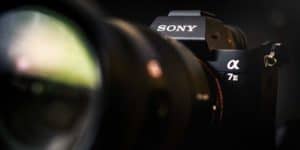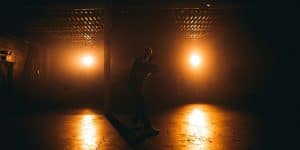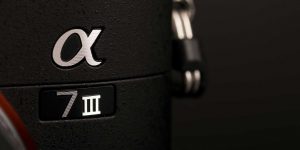There are a few genres of photography where you’re expected to shoot a little bit of everything, shoot it well, and shoot it fast. Most travel photographers will know what I’m talking about.
Portraits, landscapes, still life, reportage – you name it, as a travel photographer you’ll probably need to shoot it before the day is out.
But nowhere is this more true than for wedding photographers. Wedding photography means balancing beauty and portrait shots with fast paced documentary; hovering invisibly to capture intimate and candid moments, or setting up formal portraits involving large numbers of people.
You’ve got to have the split-second reflexes of a news photographer, the storytelling skills of a photojournalist, and the eye for beauty of a fashion photographer.
And we haven’t even mentioned video yet. It’s all in a day’s work for a wedding photographer.
Needless to say, pulling this off also means having the right equipment to hand when you need it.
And beyond your choice of camera, nothing is more important than the lenses you use.
That said, everyone has their own particular working methods. And the glass that’s right for one wedding photographer might be a total nightmare for the next.
In this guide I give a rundown of eight of the best lenses for wedding photography currently available for the Sony A7III.
So you can choose the gear that works best for you!
Table of Contents
Zeiss Batis 85mm f/1.8
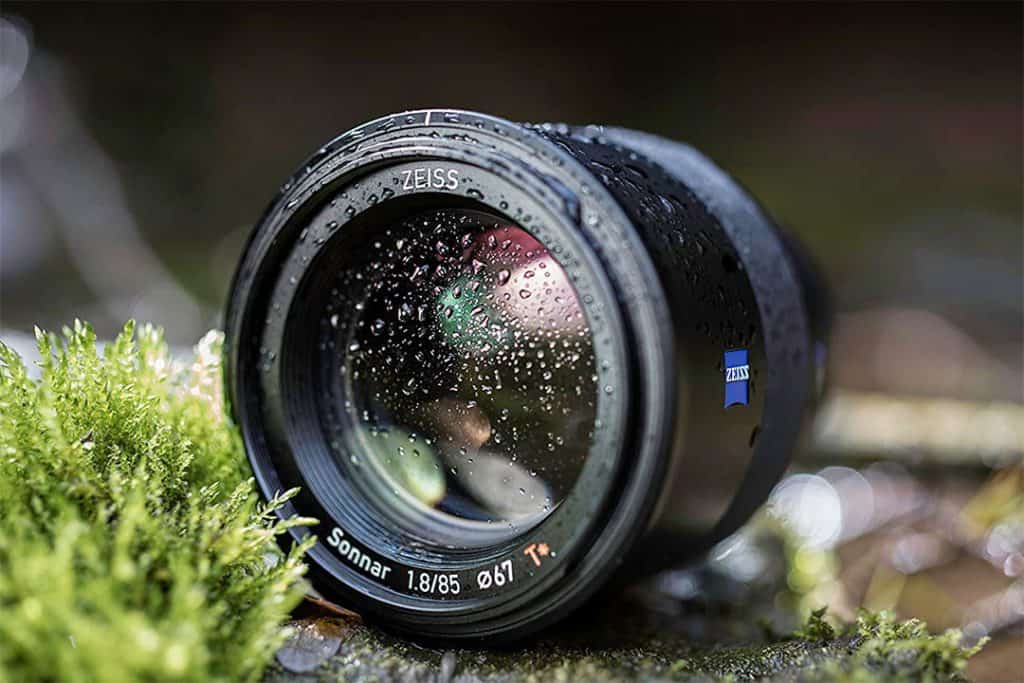
As a wedding photographer you’re expected to wear several different hats – often simultaneously.
One of the most important of these is undoubtedly that of portrait photographer.
But whereas traditional portrait photographers often have the leisure of working slowly – perhaps even in a studio, using powerful lights – as a wedding photographer you need to deliver the same great quality of portraiture, but on the fly.
Often without the “sitter” even realizing they are the subject of a portrait at all.
For this, alongside the traditional qualities of a portrait photography lens, you also need one offering speed and precision. That means fast and accurate autofocus – no messing around with manual focusing here. And ideally also optical image stabilization, to help you pull off amazing shots under less than ideal lighting conditions.
If the lens also comes with weather sealing – making it more resistant to the unpredictable weather that can plague even the best-planned of summer weddings – so much the better.
Simply put, the Batis 85mm f/1.8 is so high up in our list of the best Sony A7III lenses for wedding photography because it delivers all of this – and more.
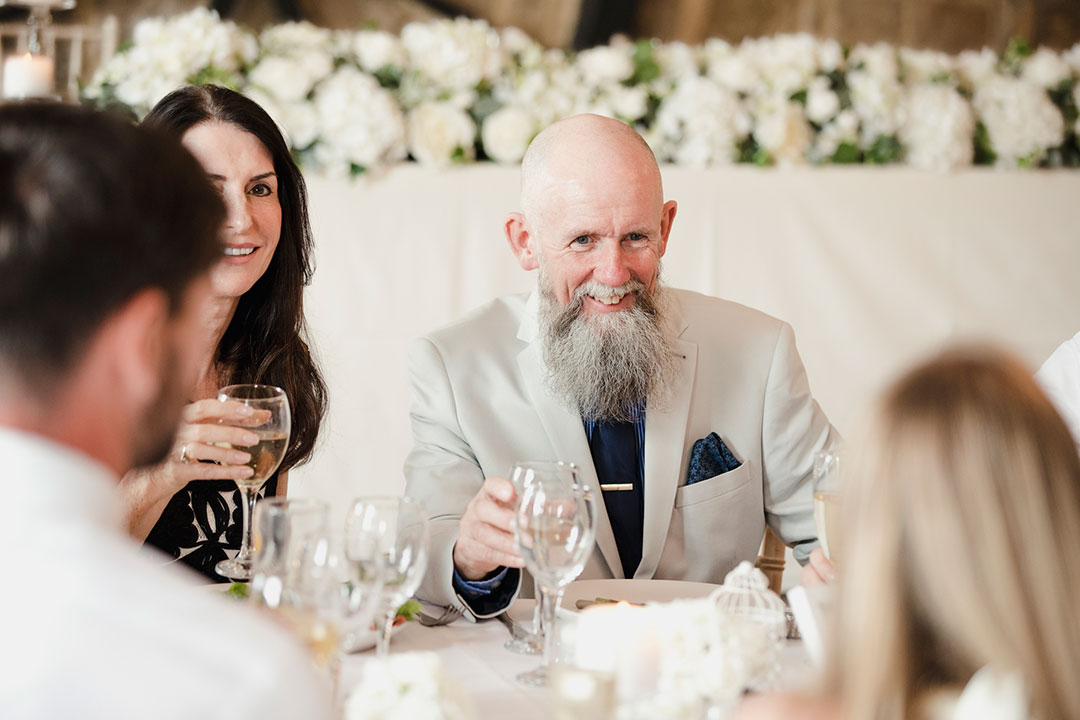 85mm is a must-have focal length for wedding photography
85mm is a must-have focal length for wedding photography
Image sharpness is superb. As are contrast and color accuracy; right through the aperture range.
Bokeh is also very pretty. Although out of focus rendering is perhaps not the absolute best of all the Sony A7III lenses available in this focal distance. That title would probably go to the f/1.4 G-Master.
But if the GM lens ranks much lower than the Batis in this list, it’s because it doesn’t compare so favorably on all the other elements a wedding photographer really needs in order to get the job done. Whereas the Batis delivers well on all fronts.
The only real optical downside to this lens is a noticeable degree of pincushion distortion.
While that might be sufficient reason for architecture photographers to take their search elsewhere, for the average wedding photographer this is not an issue that will even be noticeable most of the time; simply due to the nature of the subject matter.
If I wanted to nitpick, I might mention that the Batis is by no means the smallest nor most lightweight lens available for the A7III. And so anyone who really wants to keep the weight down might want to go for a single zoom lens instead.
Still, the Batis isn’t overly bulky or heavy either. And, on balance, I believe that for wedding-day portraiture, there simply isn’t a better option out there right now, it’s a must have lens for wedding and portrait photographers alike.
Sony Sonnar T* FE 55mm f/1.8 ZA
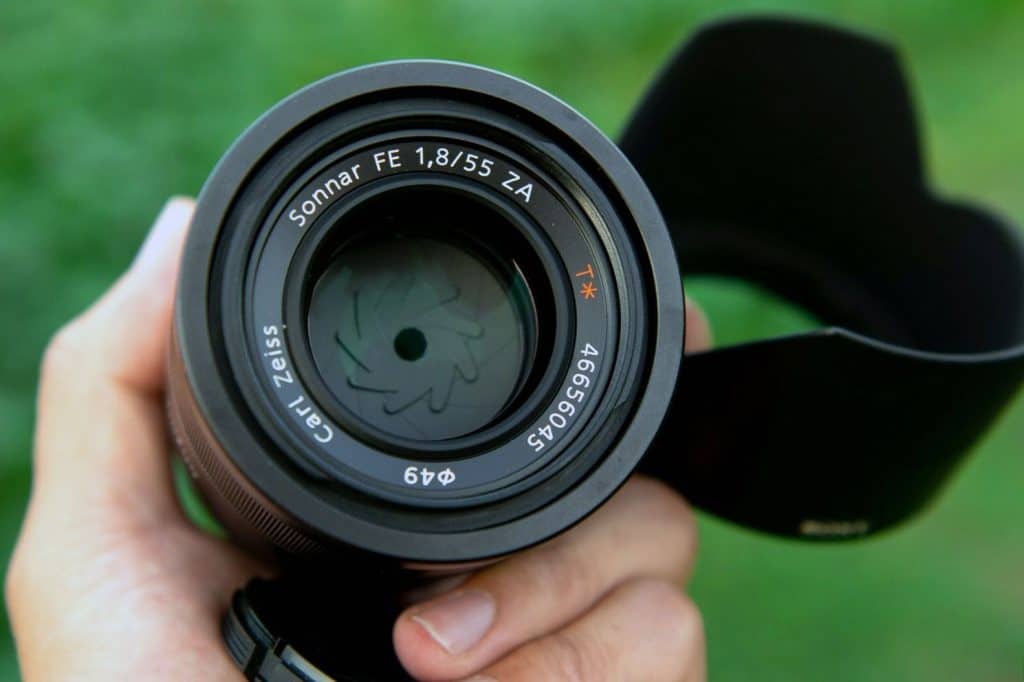
Every photographer should have a standard lens in their bag.
And if you’re looking for an affordable, lightweight, but high-performing iteration, the super compact, super sharp, Sonnar T* 55mm f/1.8 makes for a very nifty fifty.
True, this goto lens isn’t weather sealed. There’s no optical image stabilization either. And out of focus rendering is nothing to get too excited about – although bokeh will be perfectly acceptable for most people’s uses.
There are faster Sony lenses to be had, too; if you’re willing to pay a lot more for them.
All in all, though, the Sonnar T* is just a great little lens to have around.
And if you had paid out the extra premium for, say, an f/1.4 sony lens, only to discover that performance wide open was less than perfect, you’d likely be pretty miffed to discover that the Sonnar T* is beautifully sharp even at its widest aperture setting.
Finally, color and contrast are also very pleasing, And autofocus performance is consistently great. What more do you need?
Sony FE 24mm f/1.4 GM
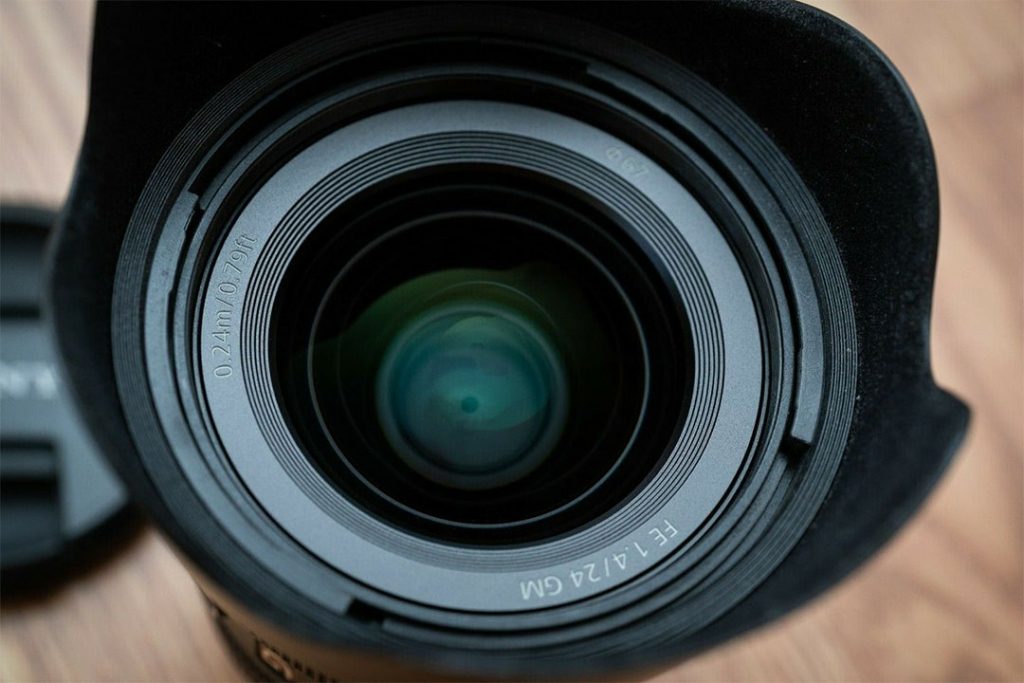
While wide angle lenses are rarely all that flattering – and a wedding photographer’s job is essentially to flatter, and then flatter some more – the argument that every wedding photographer should have a wide angle in their bag is still a fairly convincing one.
After all, if there’s one thing that overrides the need to flatter the happy couple and their guests, it’s simply the need to get the shot – come what may.
In this respect weddings are like wars; as a photographer sent into either of these hazardous situations, you need to be prepared for absolutely anything.
And if you don’t have a wide angle lens with you, you’re really not all that prepared at all; some shots just can’t be captured on anything shorter than a 28mm.
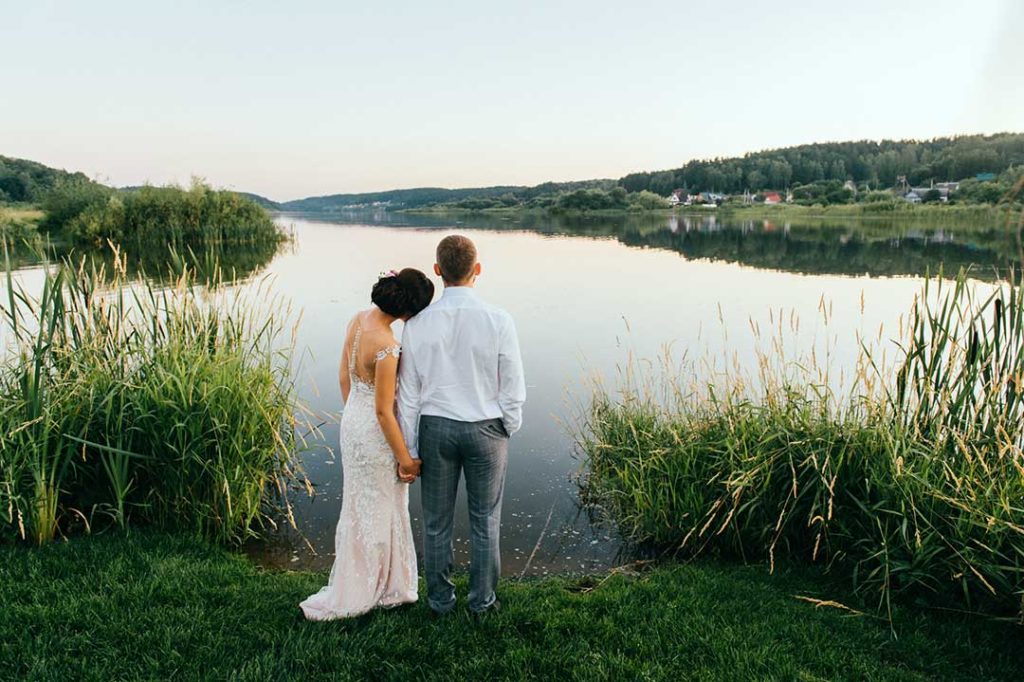
And it doesn’t matter how much talent you have for making your subjects look gorgeous if you fail to capture the reaction of the bride’s father on seeing his daughter in her wedding dress for the first time simply because you couldn’t fit both of them in the same frame.
So yes, every wedding photographer’s arsenal should contain a wide angle lens of some description.
And as wide angles for the a7iii go, they don’t get much better than the Sony FE 24mm f/1.4 G-Master.
Fast, small and lightweight, supremely sharp across the frame, largely lacking in optical aberrations, and producing great wide shots and great bokeh; there’s little about this lens not to like.
Other than the price!
Sony FE 85mm f/1.4 GM
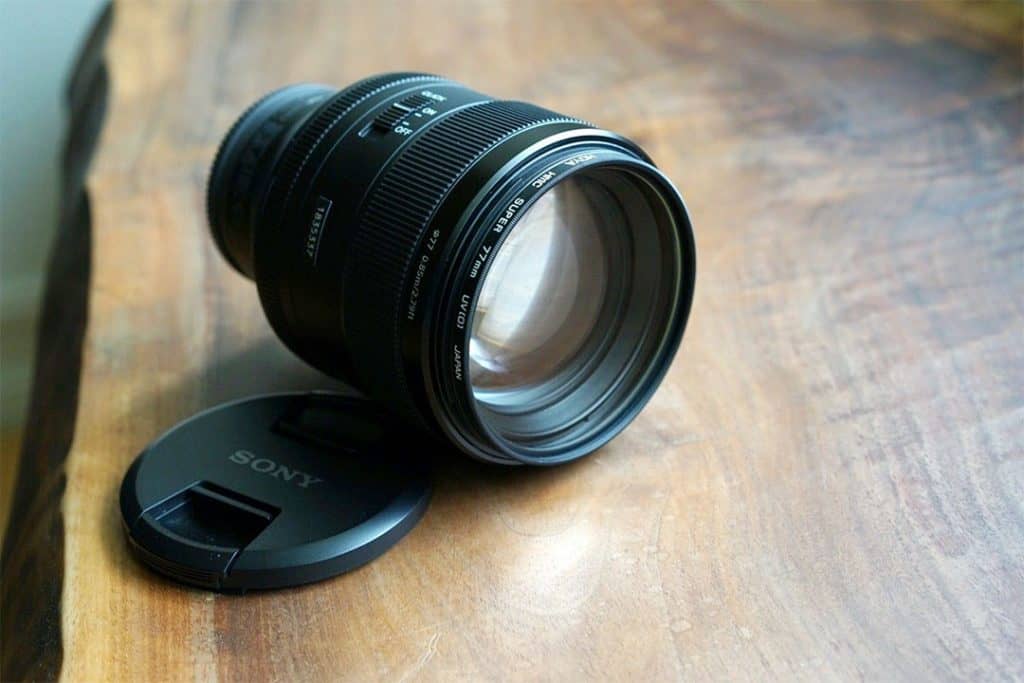
Another portrait lens? Well, yes; what is wedding photography if not a form of portraiture?
Albeit portraiture mixed with a generous dose of reportage.
And what does this G master lens offer that the Batis, above, lacks?
The primary draw here is the wide f/1.4 aperture opening; a considerable advantage in low light situations, and even better for producing out of focus backgrounds.
Which, incidentally, tend to be extremely attractive on the G-Master. Indeed, the bokeh here is among some of the smoothest I’ve ever seen, with pretty much zero in the way of distracting artifacts.
The lens is also exceedingly sharp, and produces crisp images.
Less positively, however, the G-Master tends to lose some of this sharpness when used at its widest aperture setting.
So yes, you get better light gathering abilities than with the Batis. But if sharpness is your main priority, you may find yourself stopping down to f/1.8 a lot of the time anyway.

Realistically, though, it would take a particularly narcissistic couple to order museum-sized prints of their own newly-wed mugs to hang on the wall.
And for anything smaller than this, you can bet that the G-Master is plenty sharp enough.
As with the Batis, the G-Master is weather sealed. And if anything the overall build quality is even better.
For some photographers though, the superior AF capabilities of the Batis – not to mention its cheaper retail price – will be enough to keep them from pulling the trigger on the 85mm G-Master f/1.4.
Sony FE PZ 28-135mm f/4 G OSS
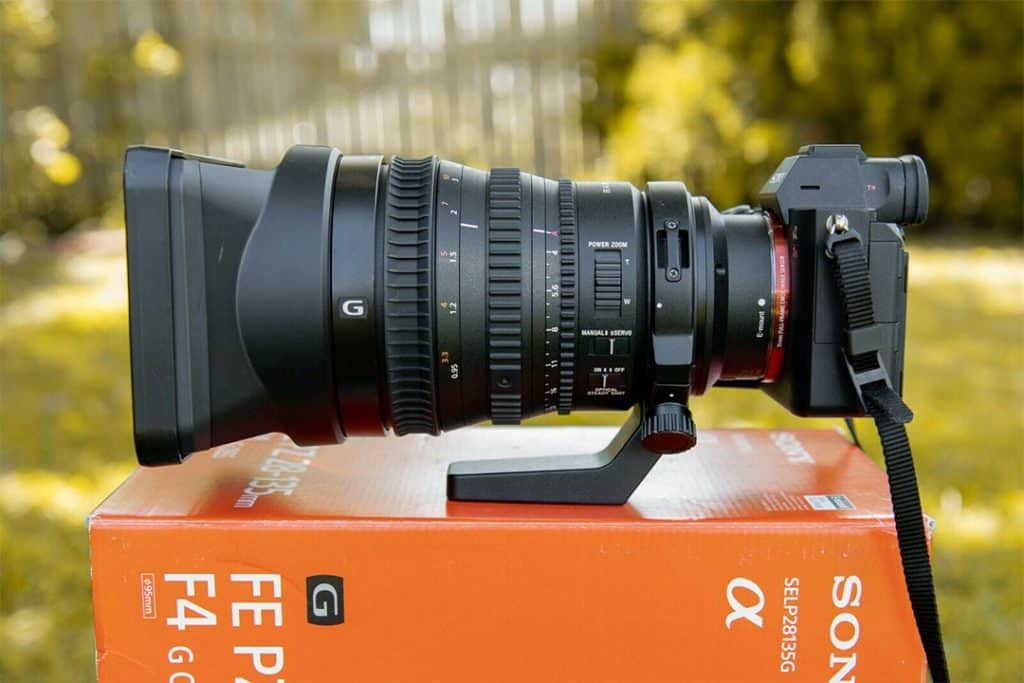
Some photographers love working with primes. Others really can’t see the point; why bother carrying around more heavy lenses than you need – and potentially missing a shot while you change between them – when you can just grab a single zoom and be done with it?
While not unreasonable, it’s an argument that varies in validity depending on the exact camera system we’re talking about.
Some camera brands and models come with a wide choice of excellent, fast, and surprisingly sharp zoom lenses.
Sadly the Sony Alpha 7III is not currently one of them.
With that said, for A7III users wanting to get their shooting kit down to a single piece of glass, the best option is probably going to be the FE PZ 28-135mm f/4.
Depending on your shooting style, it’s a great lens. But as should already be apparent from that sluggish f/4 aperture, it’s not one that’s particularly well suited to shooting in low light situations.
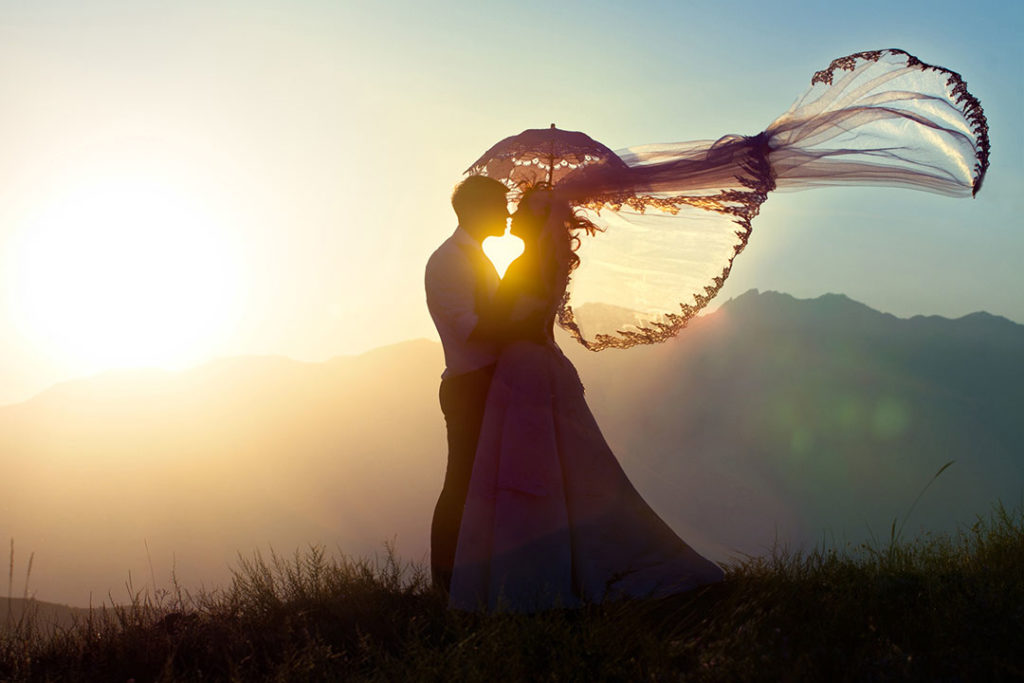
True, the 28-135mm comes with optical image stabilization, which helps to offset the slow aperture somewhat by allowing you to use a slower shutter speed and still get great results without camera shake.
But it’s not going to help you if the subject is moving. And let’s be realistic; at weddings many subjects tend to move. And not only on the dance floor.
Still, if you do most of your shooting in bright sunshine, or tend to bring your own source of lighting to the gig, a fast aperture might not be high on your list of priorities anyway. In that case there’s a lot to like here.
For a start, there’s the long zoom range, covering pretty much every angle of view you’re likely to need.
Then it’s worth noting that despite the long reach, image quality is excellent; indeed the sony lens produces sharp and contrasty images, with great colors, and pretty bokeh.
Where this versatile lens really starts to make sense for wedding photographers though is when you also shoot video, as the 28-135mm f/4 G OSS was actually designed for use with Sony’s FS7 4K cinecamera.
It works fine with the A7III too though. And if you do shoot video you’ll find it a real pleasure to work with, as it offers some very smooth focusing action along with the handy power zoom function.
Those who just can’t stomach that slow maximum aperture, though, might want to consider the 24-70mm G-Master (below) instead.
It’s an expensive lens. And unless you’re averse to telephotos, it doesn’t offer the same all-in-one solution as the 28-135mm does. But it does come with great optics and an aperture of f/2.8.
Sony FE 135mm f/1.8 GM

Are you more of a prime purist? Looking for something towards the longer end of the focal range for pulling out candid portraits from among the crowd?
A lens that not only produces extremely sharp and detailed images, but also makes for some beautifully smooth background blur?
A lens that offers great build quality and weather sealing? One with lightning-fast autofocus? And that can handle relatively low lighting conditions like it was nothing?
You might want to consider taking out a second mortgage on your home then, because while the Sony FE 135mm f/1.8 GM totally fits the bill, it’s by no means a budget lens.
What can I tell you about the 135mm G-Master that might save you from spending all that money?
Well, there’s a little loss in sharpness towards the edges when using the lens at f/1.8. Does that help?
I’ll be honest, I’m struggling to come up with much else in the way of dirt on this lens. It really is a superb piece of glass, one of the best sony lenses for wedding photographers.
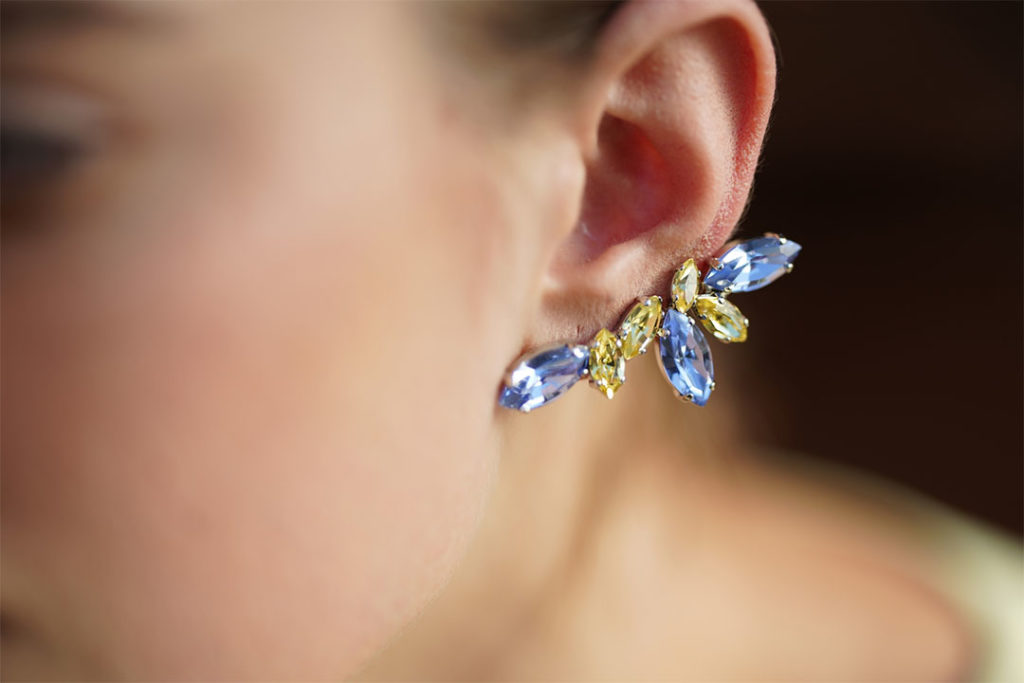
Sure, not everyone will feel they need a lens of this focal length (phew, a lucky escape!). But for those that do, there’s really no competition as far as the Sony A7III is concerned.
Sony FE 24-70mm f/2.8 GM
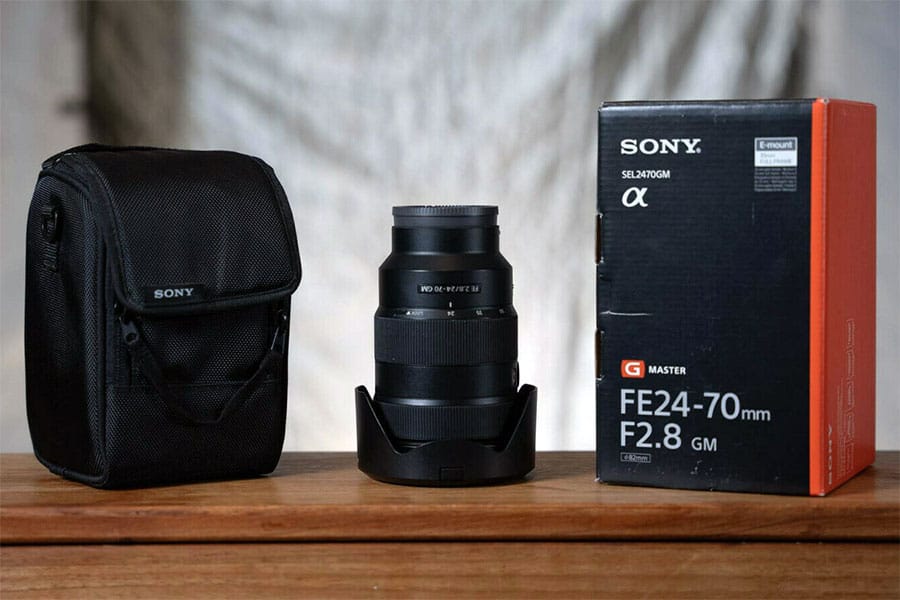
Another G-Master. And another reason for those with weak hearts – and even weaker bank balances – to run for the hills.
All the G-Master lenses I’ve handled to date have been excellent.
And if you’ve got the cash to spend, you’re unlikely to be disappointed by any of them. The FE 24-70mm f/2.8 being no exception.
Center sharpness is very impressive at f/2.8, and this only improves once stopped down slightly.
The corners don’t fair quite as well, but the drop off in sharpness at the edges is minor even when used wide open.
And, realistically, this is only likely to become an issue if you need to shoot a lot of group shots.
Otherwise, who cares about edge sharpness for wedding portraits anyway?
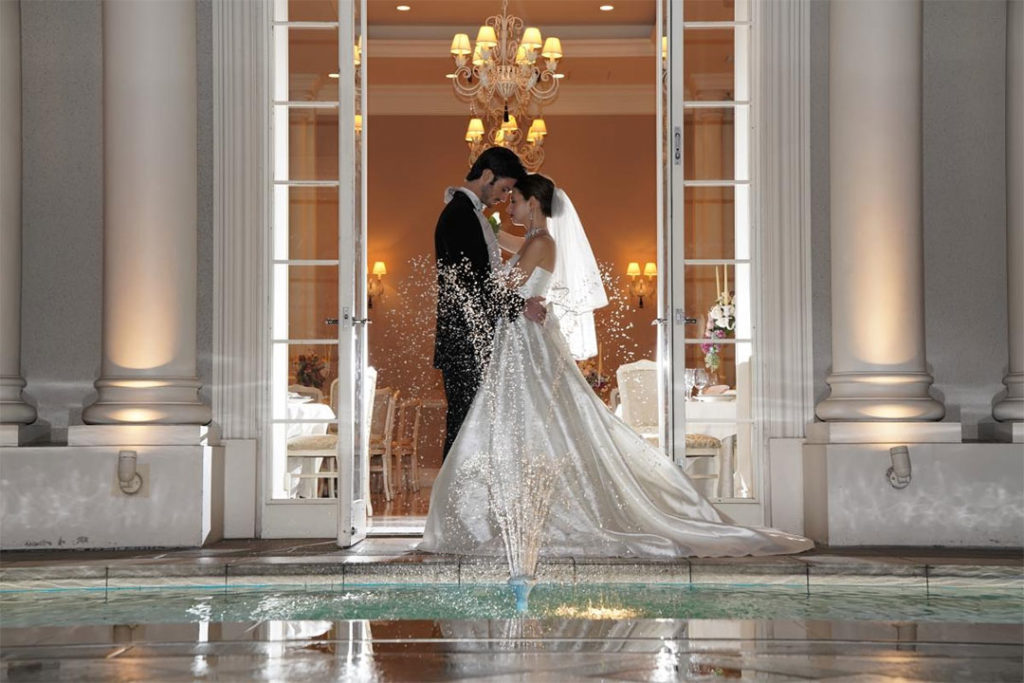
Color and contrast are very nice indeed, and bokeh is consistently attractive. True, there’s a little color fringing and vignetting detectable at the widest aperture settings.
But all in all, the optics on this versatile lens are so impressive you could easily forget that it’s a zoom lens.
Yet a zoom it is. And while you benefit from the convenience of the 24-70mm focal range, this does come with something of a compromise in terms of both size and weight; this ain’t no pancake lens!
If you can live with that, though, and the aforementioned G-Master pricing, the 24-70mm f/2.8 lens delivers.
This remains true even for videography, as autofocus is fast, accurate, and importantly also very quiet indeed.
It also comes with a faster maximum aperture than the FE PZ 28-135mm f/4 (above).
So if for you light-gathering abilities trump telefocal-reach, forget the 28-135mm and go for the 24-70mm GM.
Sony FE 12-24mm f/4 G

Having above made – what I think is – a pretty convincing case for wide angle lenses, I’m now going to say that there’s probably a limit to just how wide the average wedding photographer will want to go.
I’m not quite sure at which point we hit that limit – it’s a subjective matter after all – but I’m going to guess that for most photographers the FE 12-24mm f/4 G exceeds it considerably.
With that said, though, there’s been an increasing trend in the last decade or so for some wedding photographers to approach their subject in a manner closer to classic reportage photography.
Earlier I joked about weddings being a battle zone, but when it comes to shooting style, some photographers definitely treat their wedding assignments as if they were combat situations, producing original wedding shots.
And it’s not just the photographers; many clients, too, clearly appreciate a grittier and more documentary look to their wedding photos than was traditionally considered normal.
And a big part of that hard-edged Magnum war photographer look is definitely down to some pretty extreme over-the shoulder wide-angle action.
Preferably with the frame tilted to an alarming degree, converted to stark monochrome, and with a heavy bit of vignetting added around the edges.
If that’s the kind of wedding assignment you often find yourself hired for, then your tolerance for wide angle glass is probably considerably greater than the average wedding photographer. In which case, the FE 12-24mm f/4 might just be for you.
Of course, f/4 is relatively slow. So the lens won’t be to everyone’s liking. But if you can live with that, what you get here is a high performance bit of glass that will allow you to shoot in even the tightest and most intimate of situations.
Autofocus is beautifully fast. And also silent; meaning you can click away up close to your subjects without becoming too intrusive. Image quality is super sharp; although you get a certain amount of corner softness and vignetting (whether you want it or not) when using the lens at its widest aperture setting. Finally, bokeh – on the rare occasion that you can achieve it – is very pretty.
The A7III Wedding Photographer's Buying Guide
Maximum Aperture
When it comes to light – and therefore aperture – there are essentially two different approaches a wedding photographer can take; bring your own light source, or work with what you find on location.
To be clear, many wedding photographers combine the two methods on the same assignment.
Nonetheless, the technical requirements of each approach usually remain quite distinct.
Shooting with available light is great; when there’s plenty of light available. The reality is, though, that if you solely rely on the ambient light you encounter at the wedding venue, you’ll probably spend a good part of the day (the latter part, obviously) struggling to shoot at a fast enough shutter speed or low enough ISO.
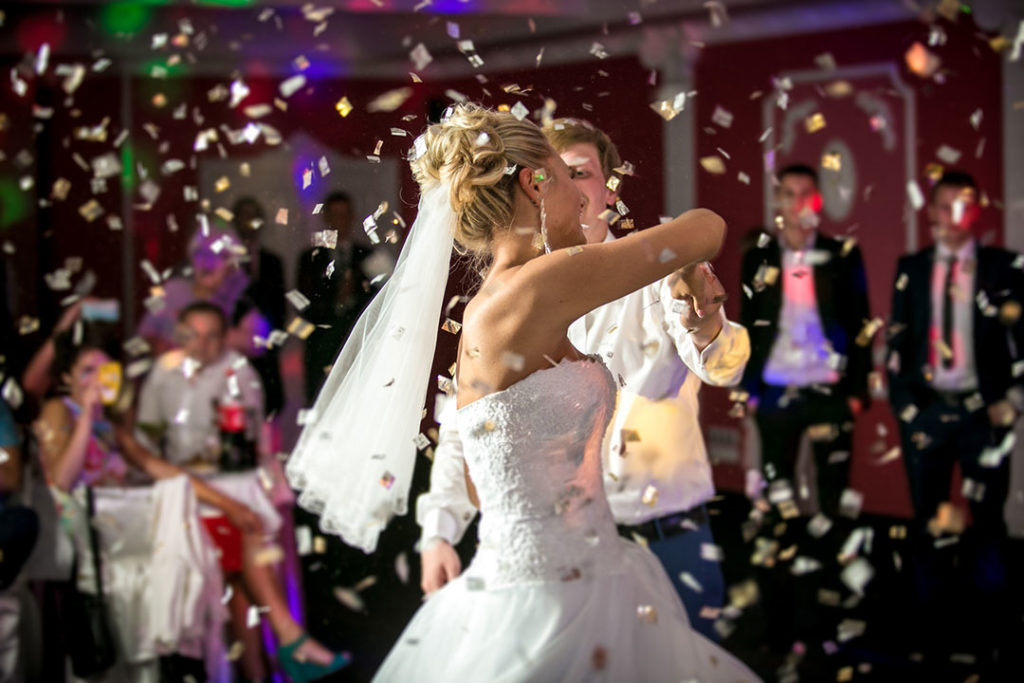
Of course, hundreds of thousands of photographers do just that. And produce sharp image and excellent results too.
But they only manage to do so because they’ve invested in the right equipment; specifically sony lenses with as fast a maximum aperture as they can afford.
On the other hand, if you’ll be lighting most scenes yourself – whether that’s using camera-mounted flash, portable studio strobes, or some other method – and aren’t looking to achieve a particularly narrow depth of field, you may be perfectly happy with any lens.
At least in terms of maximum aperture.
This is because, with high powered lights on your side, and a desire for relatively sharp backgrounds, you’ll be unlikely to venture much faster than, say, f/5.6 or f/8 anyway.
If that’s you, it could be tempting to say “well I’ll just buy any old optically-sound lens then.”
That’s fine. But just keep in mind that faster glass tends to come with a higher price tag.
And if you aren’t likely to make use of the wider apertures anyway, you can save yourself a significant amount of money by avoiding sony lenses with a wide maximum aperture.
Bokeh
Of course, aperture doesn’t only dictate how much light enters the lens, but also depth of field. And if you’ll be spending a lot of time shooting at a fast aperture, you’re going to end up with lots of shots with blurred backgrounds.
That being the case, you’ll likely want to consider the bokeh produced by any lens you are considering purchasing.
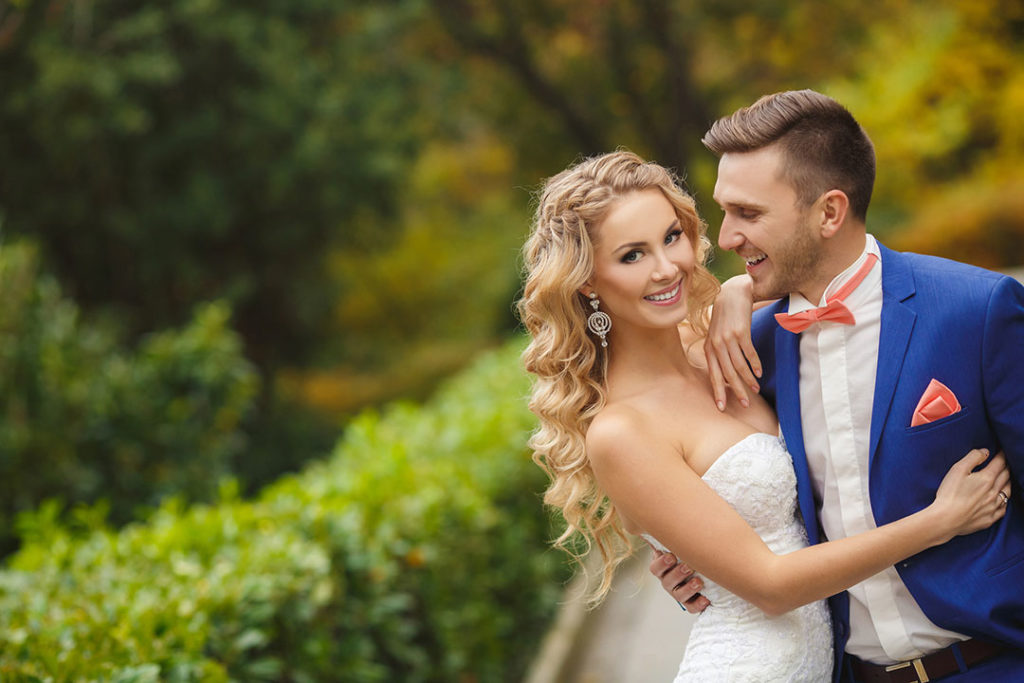
Simply put, bokeh refers to the quality of out of focus areas of an image. Bokeh is to a large degree subjective.
Nonetheless, a lens that renders out of focus areas in a smooth and uncluttered manner will generally be considered more desirable than one that renders backgrounds in a way that displays noticeable artifacts or that could be described as “busy.”
For obvious reasons, much wedding photography tends to be stylistically romantic.
In practice this often means nice soft backgrounds, blurred foreground details, and pretty bokeh balls wherever there are pinpoints of light.
I think we can assume that the average newlyweds will not have sufficient technical knowledge to be able to criticize a photographer’s work for displaying ugly bokeh.
Still, even if they don’t know the correct terminology – or perhaps aren’t even consciously aware of the source of irritation – many clients will still feel when something about an image isn’t quite right; when the background is overly busy and competing with the foreground, for example.
So while I don’t want to over stress the importance of bokeh – after all, it’s just one of many technical elements that contributes to a pleasing photo – as a wedding photographer the out of focus areas of your images shouldn’t be overlooked either.
As I’ve repeated many times elsewhere, there’s not really anything on a spec sheet that will accurately indicate whether a given model of lens is likely to produce good bokeh or otherwise (although a high number of aperture blades, preferably of the rounded variety, seems to help).
That being the case, the only way that you can establish whether a given lens produces nice bokeh is simply by trying it out.
Focusing
As I’ve already noted, a big part of wedding photography is simply portraiture.
But while many portrait photographers favor manual focusing for greater accuracy, it’s debatable how useful an all-manual focus lens would be to the average wedding photographer.
Simply put, wedding photography tends to be a fast paced affair. And for many photographers, speed will be even more important than fraction-of-an-inch accuracy. Here autofocus is king.
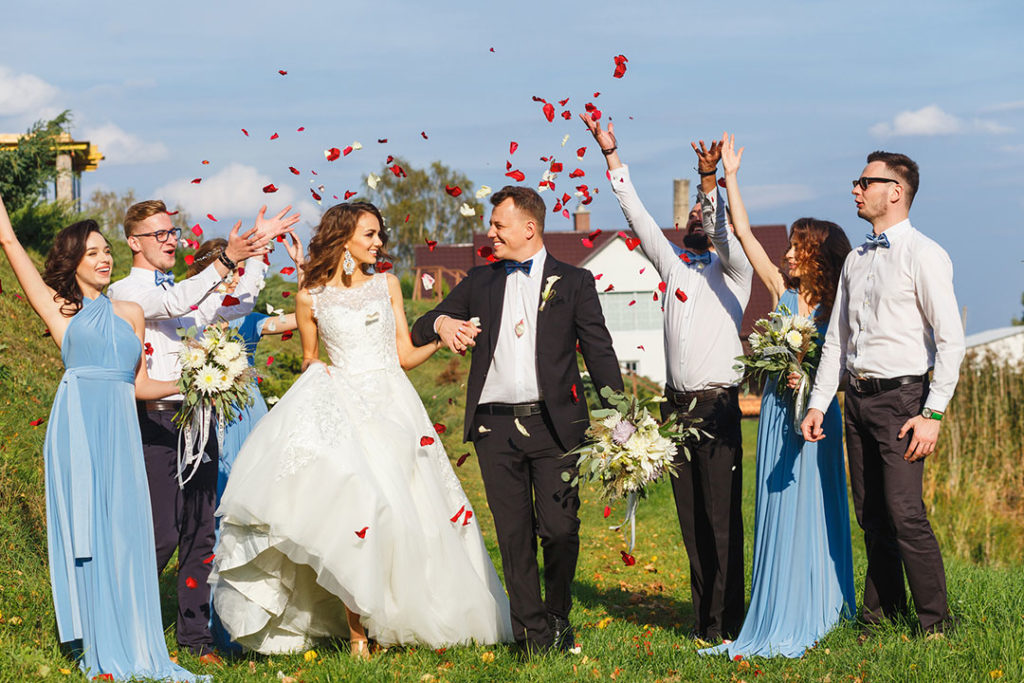
Not that you shouldn’t focus manually if that’s the method you’re most comfortable with.
On the other hand, if you will instead be relying on autofocus to get your images sharp for you, you will clearly want to buy lenses that come with excellent AF capabilities.
Face recognition and reliable subject tracking in particular can be extremely useful here.
Just be sure to also check the lens’s AF performance in low light, otherwise you could find that your shots of the after-party interpret the blurry physical state of the guests a little too literally.
That’s the photography side of focus dealt with. And clearly this guide is written with wedding photographers specifically in mind.
The reality is, though, that many photographers who do weddings are often also hired to shoot video.
And while the lenses I’ve selected here were chosen more for their stills capabilities, most will also do a good job of capturing moving image, too.
The one area where some may not perform so brilliantly, however, is in terms of focusing capabilities.
This isn’t my guide about video lenses for the a7iii, so I’m not going to dive into this topic too deeply here.
What I will say is that if you also plan on shooting video with any of your wedding photography lenses, keep in mind that, firstly, many videographers prefer true manual focus lenses over simulated “by wire” ones; and, secondly, even if you are happy using AF for video you will either want to choose lenses that focus totally silently or you’ll need to use external (non camera-mounted) mics for recording audio.
True manual focus lenses that will work with the Sony A7III are few and far between. Nonetheless, several of the lenses I’ve reviewed here handle video brilliantly – despite their lack of true manual focus – and where that’s the case I’ve tried to note it in the review.
Sharpness
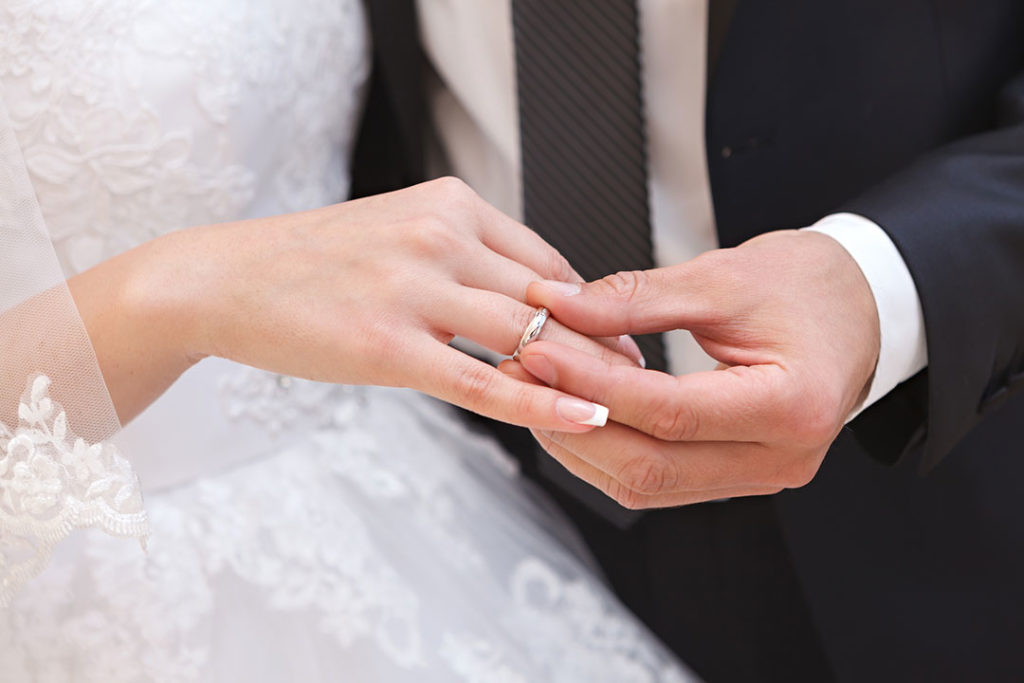
When discussing image sharpness, it’s important to distinguish between the center and corners of the frame.
Sharpness at the center will always be important to photographers; no matter which genre they happen to be working in. Edge sharpness, however, will be be less of a dealbreaker for some than for others.
As I tend to place my subjects fairly close to the center of the frame when I shoot portraits, personally I’m not too worried about using lenses that perform less than optimally towards the corners.
But perhaps if I were a different kind of photographer – say one who shoots a lot of group portraits, or who favor very tight framing – then I might be more picky about the optical performance of my lenses at the further extremes of the image area.
And for wedding photographers – who typically need to deliver to their clients a lot of other material beyond classic portraiture – corner sharpness could be a lot more important than it is for me.
With that said, we should also keep a couple of other points in mind. Firstly, most modern lenses tend to be pretty sharp anyway.
Yes, there are differences between the optical performance of different lenses, but they are usually just differences of degree.
Secondly, even the worst offenders here will likely improve massively once you’ve shut the diaphragm down a couple of stops.
Of course, if you are a bokeh fiend, or you often find yourself working in low light situations, you probably spend most of the time shooting at maximum aperture, and have no intention of moving from there.
If that’s the case, then yes, by all means seek out the lens with the sharpest edge-to-edge coverage that you can afford.
Focal Length
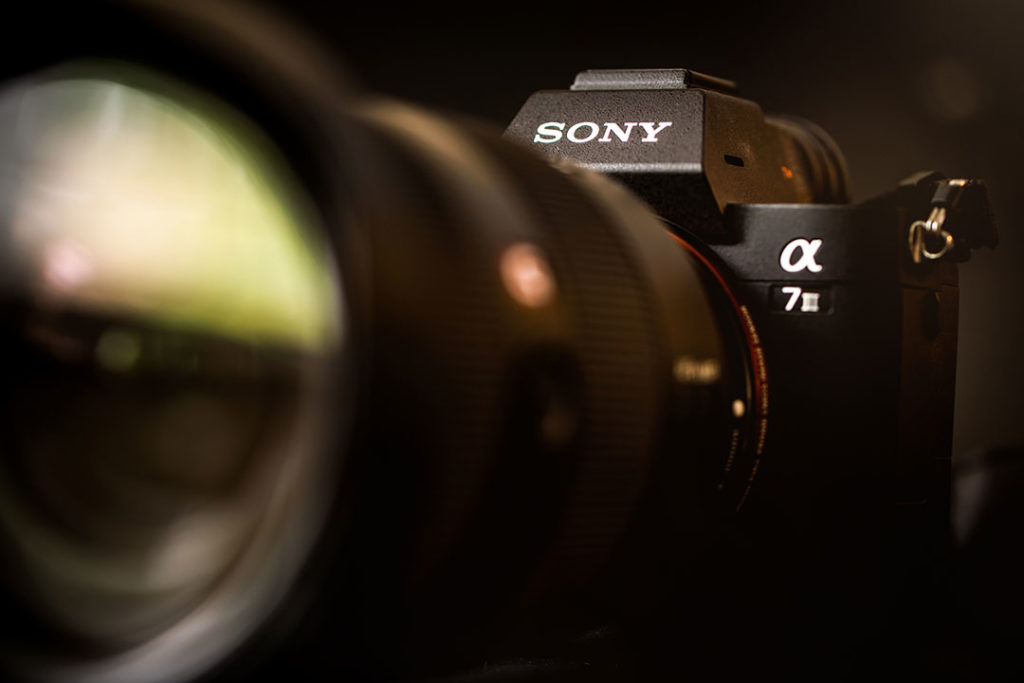
Typically when it comes to this section on focal length I will discuss the merits of different lenses for different uses, and the fact that personal taste can also heavily influence a photographer’s choice of lens for the job (e.g. do you favor wide “environmental portraits” or tight headshots?).
But the fact is, if you shoot wedding photography, you will have to be prepared for pretty much anything.
That means that your bag will need to contain lenses (or a single lens) that get you from a fairly wide point of view (for group shots, and when shooting in a tight space); through a standard point of view for general use; a short telephoto (85mm, say) for more intimate portraits; and even a slightly longer telephoto (maybe a 135mm, or even longer) for detail shots, tight head and shoulders portraits, and when grabbing important moments from afar
Primes vs Zooms
Whether you cover all this terrain in a single lens or with a handful of different ones is entirely up to you. Indeed, the question of prime lenses vs zooms is an extremely personal matter for most photographers.
With that said, just packing a single zoom will likely work out best for the majority of wedding shooters.
It’s certainly the most convenient option; aside from reducing bulk and weight, you won’t have to mess around switching between lenses at any point during the day.
This will likely save you some missed shots.
But not everyone likes working with zooms. And I agree that they can easily encourage a little laziness when it comes to composition; why bother using your legs to find the best position when you can just rotate the zoom and magically fit everything in the frame?
Aside from this argument, there’s also the matter that many zooms come with some form of compromise.
Typically either image quality is not quite as good as it would be on equivalent prime lenses, or the maximum aperture is decidedly gloomy. Often both.
To be sure, there are exceptions to this rule; sharp, fast and convenient zooms that can hold their own against the best of primes.
But if you do find one of these holy grail lenses, expect to pay a lot of money for it.
Resources
Sony A1 Specifications
| Body type | SLR-style mirrorless |
| Max resolution | 6000 x 4000 |
| Effective pixels | 24 megapixels |
| Sensor size | Full frame (35.8 x 23.8 mm) |
| Sensor type | BSI-CMOS |
| ISO | Auto, 100-51200 |
| Lens mount | Sony E |
| Focal length mult. | 1× |
| Articulated LCD | Tilting |
| Screen size | 3″ |
| Screen dots | 921,600 |
| Max shutter speed | 1/8000 sec |
| Format | MPEG-4, AVCHD, XAVC S, H.264 |
| Storage types | SD/SDHC/SDXC, Memory Stick Duo/Pro Duo/Pro-HG Duo |
| USB | USB 3.2 Gen 1 (5 GBit/sec) |
| Weight (inc. batteries) | 650 g (1.43 lb / 22.93 oz) |
| Dimensions | 127 x 96 x 74 mm (5 x 3.78 x 2.91″) |
| GPS | None |
Final Thoughts
Wedding photography is extremely hard work. And while wedding photographers usually command pretty high fees, I believe they earn every cent of their money.
I mean, a good wedding photographer effectively provides the services of several different photographers combined.
And with so many different shots to capture over the course of the day, a wedding photographer pretty much needs to be in two or three places at once if they are not to miss a single important moment.
But although basic talent, hard work, and skill clearly play the biggest part in this, having the right gear for the job is also essential.
But the problem is that the gear that’s right for one photographer might not be right for you.
And so merely checking what’s in another wedding shooter’s bag and going for the same items is unlikely to work out well.
In short, if you’re just starting out in wedding photography, making sure that you have the right kit for your personal shooting style can sometimes seem like a bit of a challenge.
Nonetheless, having read through my guide to the best Sony A7III lenses for wedding photography, hopefully that prospect now feels a lot less daunting.

